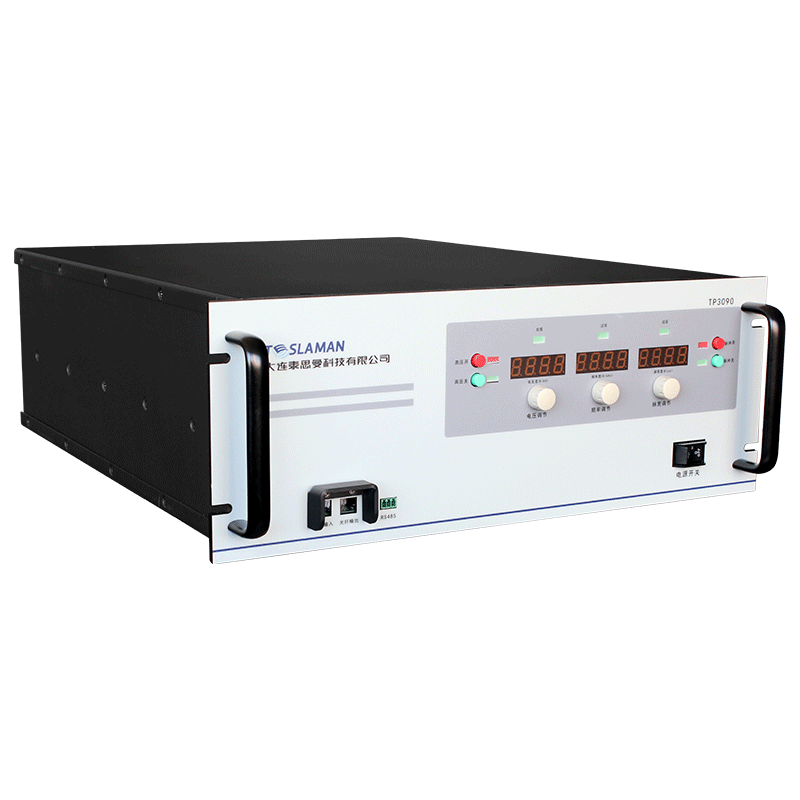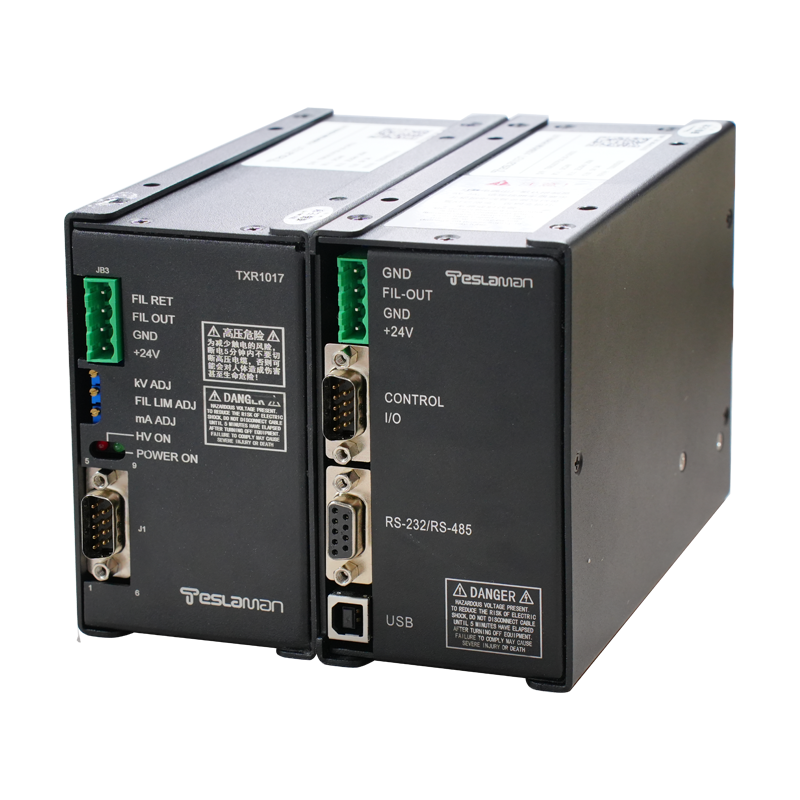Breakthrough in Multi-level Conversion Technology for High-Voltage Power Supplies in Lithography Machines
As the core equipment in integrated circuit manufacturing, the exposure accuracy of lithography machines directly depends on the stability and purity of their high-voltage power supplies. Traditional two-level power schemes suffer from high output voltage ripple, slow dynamic response, and significant electromagnetic interference (EMI), making them inadequate for the stringent demands of sub-nanometer lithography. Multi-level conversion technology, through innovative topological structures and optimized control strategies, has become a critical solution to overcome the performance limitations of high-voltage power supplies.
1. Topological Innovation: Cascaded and Clamped Integration
High-voltage power supplies for lithography machines require kilovolt-level DC output with ripple below 0.01% and millisecond-level dynamic response. Traditional solutions rely on bulky line-frequency transformers and complex filter circuits. In contrast, multi-level conversion technology adopts a hybrid cascaded H-bridge topology (e.g., combining diode clamping and flying capacitors). By connecting multiple power units in series, high voltage is distributed across low-voltage devices (e.g., 1200V IGBTs), significantly reducing single-device stress. For example, a five-level topology requires only four power units to output ±10 kV, reducing switching losses by 50% compared to conventional solutions and eliminating the need for additional voltage-balancing circuits. Additionally, modular design supports N+1 redundancy, allowing full-load operation even if a single module fails, meeting the reliability requirements of continuous lithography exposure.
2. Control Strategy Optimization: Phase-Shifting and Harmonic Suppression
The core challenges of multi-level conversion are high-precision waveform synthesis and real-time harmonic suppression. Phase-shifted pulse width modulation (PS-PWM) stacks the output voltages by phase-shifting triangular carrier waves by 360°/N (where N is the number of levels) across cascaded modules. This increases the equivalent switching frequency of the output voltage by a factor of N. For instance, at a base frequency of 10 kHz, a five-level topology achieves an equivalent frequency of 50 kHz, suppressing output ripple to millivolt levels. Simultaneously, selective harmonic elimination PWM (SHEPWM) pre-calculates switching angles to directly eliminate low-order harmonics (e.g., 5th and 7th), reducing total harmonic distortion (THD) to below 1% and preventing high-frequency EMI from interfering with the lithography machine's precision optical system.
3. Performance Advantages and Reliability Design
Multi-level conversion technology delivers three key improvements for lithography machines:
• Efficiency Leap: Switching losses are reduced by over 60%, and system efficiency exceeds 95%, minimizing cooling system size and supporting lithography machine miniaturization;
• Faster Dynamic Response: Space vector predictive control (SVM) achieves adjustment times of <100 μs during load transients, ensuring exposure energy stability;
• Extended Lifespan: Voltage-balancing techniques combined with thermal equalization algorithms limit temperature differentials to <5°C, extending device lifespans to 100,000 hours.
4. Future Trends: Intelligent Diagnostics and Wide-Bandgap Integration
Next-generation multi-level power supplies are evolving toward intelligence and material innovation:
• Deep learning-based health monitoring systems analyze real-time aging characteristics of switching devices, enabling pre-failure alerts;
• Silicon carbide (SiC) MOSFETs replace silicon-based devices, pushing switching frequencies beyond 100 kHz. Combined with 3D integrated packaging, power density increases threefold.
Conclusion
Multi-level conversion technology addresses the core requirements of high precision, low ripple, and high reliability in lithography machine power supplies through topological redesign and intelligent control. As wide-bandgap devices integrate with artificial intelligence, this technology will further advance lithography toward angstrom-level precision, becoming a pivotal enabler of autonomous integrated circuit manufacturing equipment.




















